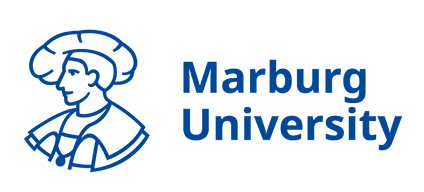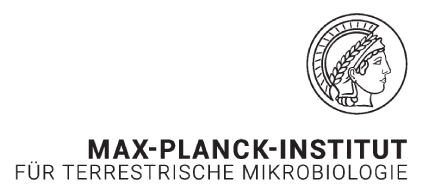Main Content
Stress response of protein biogenesis/translation
Felix Willmund, Dascha Khalfine
Research question
Which factors regulate adapted protein biosynthesis under stress conditions? How do environmental changes influence biogenesis and complex assembly of the photosynthetic apparatus, as well as the CO2 concentration and fixation machinery?
Background
Despite the strong reduction of the chloroplast genome to less than 100 genes, the genome is of vital importance for plant cells and encodes essential photosynthetic subunits as well as central elements of the gene expression machinery. Plastid gene expression is characterised by a very strict post-transcriptional regulation and mRNAs have significantly longer half-lives than in the cytosol or in bacteria. Furthermore, pronounced co-translational regulation enables rapid acclimatisation reactions of the photosynthetic apparatus to environmental changes, as well as stoichiometric synthesis of the subunits during complex assembly.
Preliminary work showed a very distinct network of ribosome-associated proteins in the chloroplast and an enhanced co-translational biogenesis as well as the incorporation of co-factors during heat acclimatisation. In addition, the synthesis of chlorophyll-containing subunits (PsaA and PsaB of photosystem I and CP43 and CP47 of photosystem II) in particular is strongly adapted under heat conditions. Furthermore, it is known that the central subunit D1 of photosystem II is increasingly synthesised under high light and increased ROS levels, which is controlled at the translational level. Plastid transcripts are also regulated by the binding of nucleus-encoded trans-factors during processing and translation initiation. In this project we will investigate how translation and biogenesis of individual photosynthetic subunits are specifically adapted under environmental changes.


